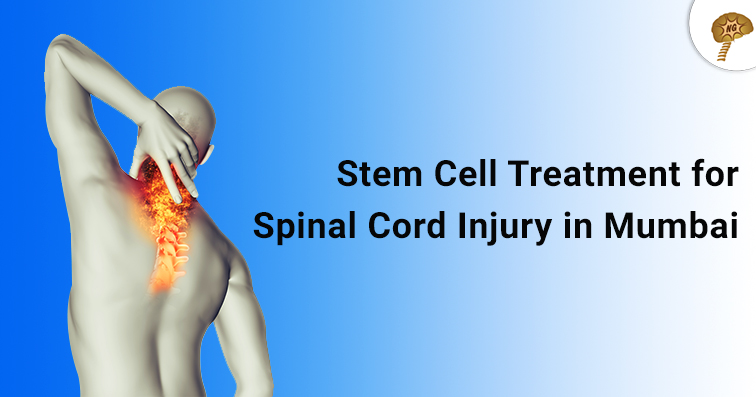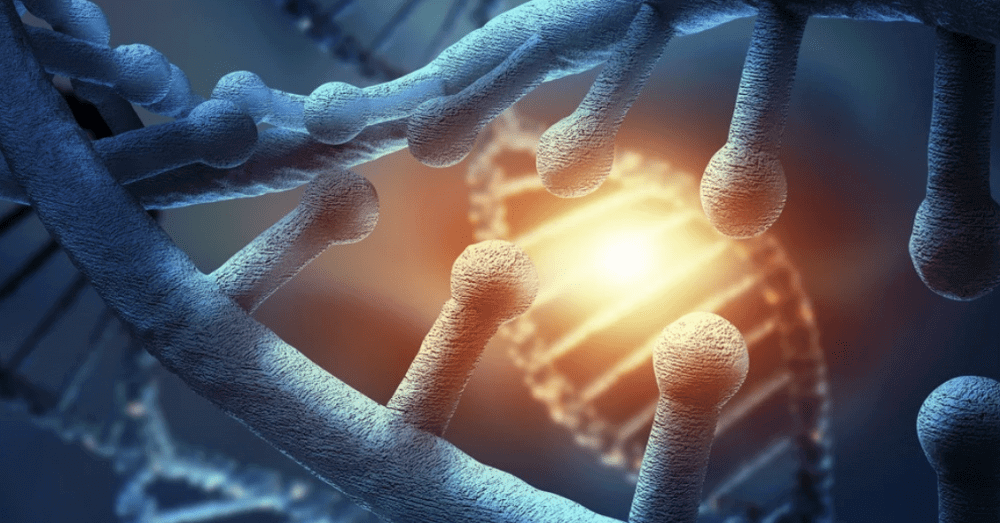
The MSCs encourage differentiation into new disc cells, releasing a suite of growth factors to support the growth of new spinal tissue, and releasing anti-inflammatory secretions and modulating the immune system to prevent ongoing spinal damage. Our treatment introduces a flood of new, multipotent MSCs into the patient’s body, which perform the main therapeutic mechanism of repairing and regrowing the patient’s degenerated spine. Stem cell treatments offer the first SD treatment that is able to regrow the various tissues, bones, nerves by the condition, and regenerate the spine at the cellular level. We have developed a regenerative treatment for SD that centers on the targeted administration of Mesenchymal Stem Cells (MSCs).

For even the most challenging cases, we have produced improvement within six months of initial treatment. Depending on the stage of each patient’s condition, our approach has produced results either almost immediately, or within the first few months following treatment. Our approach has produced partial or significant improvement to all of our patients’ conditions in a relatively short period of time.

Encourage existing damaged cells to self-repair.Communicate with, and alter, nearby cells.Transform into new spinal tissue, bone, and nerves.Properly administered stem cells can provide multiple benefits for SD. Once administered, the cells will divide to replace old or damaged tissue, bone, and nerve cells, and contribute to the overall health of the spine as a whole. Our approach for SD treatment centers on the targeted administration of Mesenchymal Stem Cells (MSC). Our approach treats SD as the complex, degenerative condition that it is, and assists the body’s own ability to repair and regenerate spinal tissue, bones, and nerves that have degenerated due to the condition. Unfortunately, conventional therapies are not able to address these underlying elements of SD and at best can mask its symptoms in the short-term.Īt StemCells21, we offer a regenerative approach to SD treatment. In short: SD is a debilitating degenerative disorder that can only be effectively treated by regenerating the affected spinal tissue or nerves, repairing damage to any impacted bones, and restoring the healthy structure and functioning of the spine. Eventually, the condition can progress and begin to negatively impact the functioning of other parts of the patient’s body. If untreated the underlying damage to the spinal tissues will increase, leading to pain, discomfort, and a loss of mobility. No matter the exact cause of a patient’s SD condition-or the exact condition they express-most individuals find their SD will naturally progress and worsen over time.


Heavy Lifting: From work or sport that involves excess strain on the lower back.Weakness: From a lack of support caused by underdeveloped core muscles.Age: Patients naturally increase their risk for SD as they grow older.However, most SD are correlated with the following causes: The exact causes of SD varies depending on the condition, and are unknown for certain conditions. SD is an age-related degenerative disease that can manifest in multiple conditions, most of which involve the deterioration of spinal components including the vertebrae, the intervertebral discs, and the bundle of nerves forming the cord itself.


 0 kommentar(er)
0 kommentar(er)
